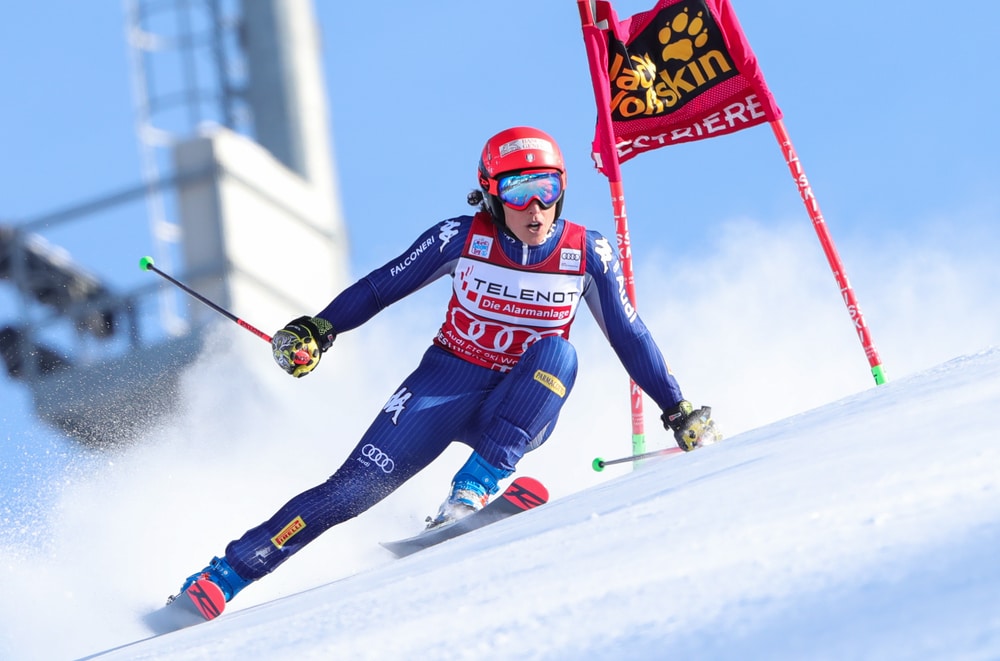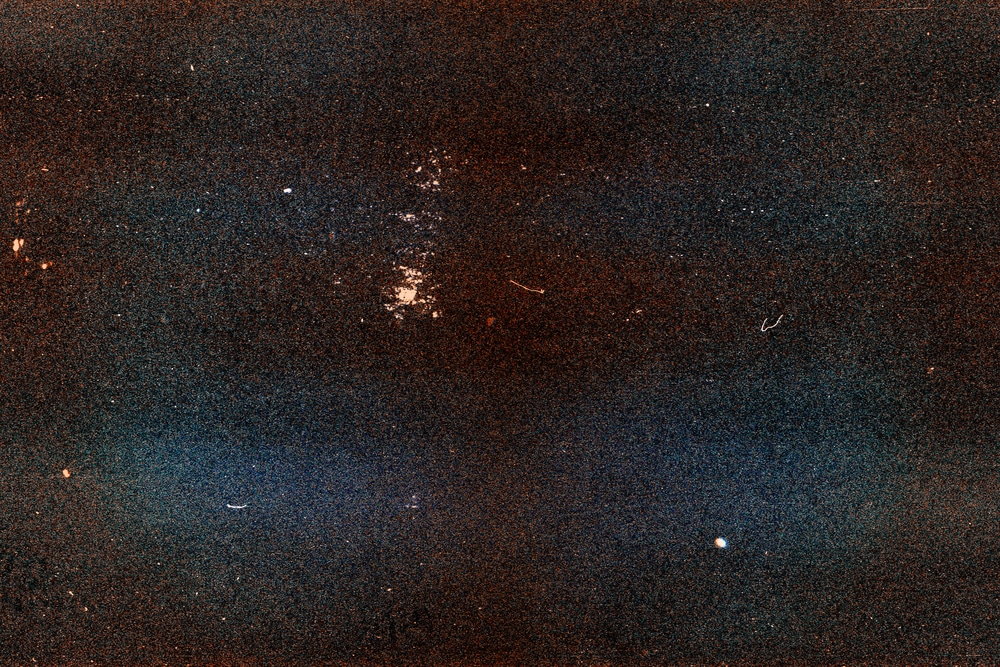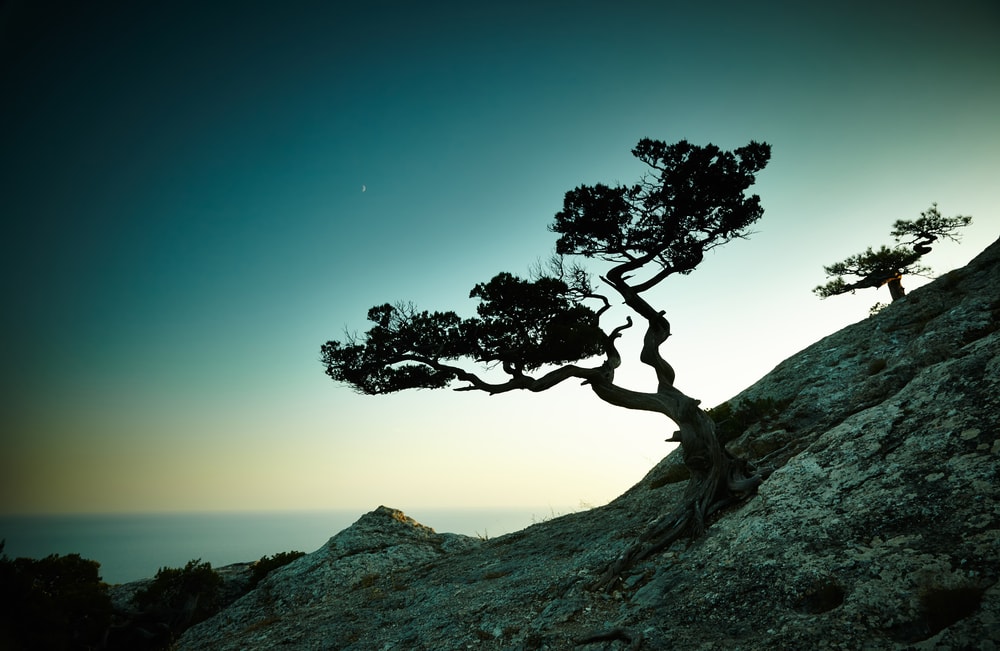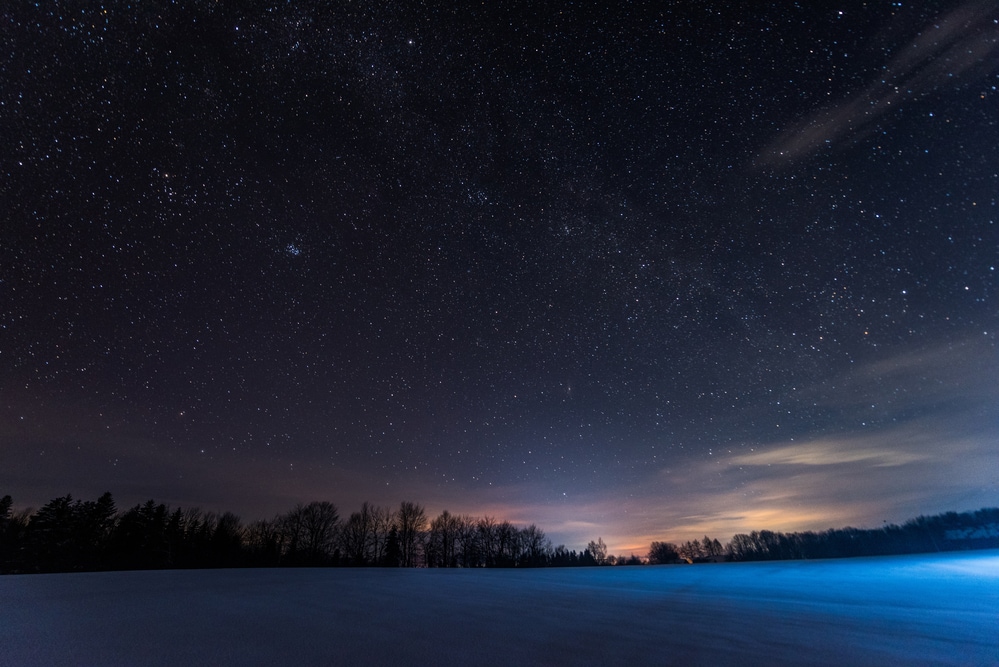The ISO is a very important part of the exposure triangle in photography, in combination with the aperture and the shutter.
What does ISO mean?
ISO stands for “International Standard Organization” and is exactly the same as ASA, the “American Standard Association”. The ASA is familiar to us from the film era since most photographic films were produced by American companies such as Kodak.
The ISO has taken over the field since the vast majority of cameras are manufactured by Japanese companies (Canon, Nikon, Sony, Fuji, Olympus, Panasonic, and more). So, the ISO is a standard of sensitivity that is designed to express how sensitive the sensor is to light.
Each sensor has its “Base Sensitivity”, the sensitivity at which it functions best. If we want to increase the sensitivity, the sensor and the processor amplify the signal that comes from the sensor. In this way, a brighter image is obtained with the same lighting conditions.
What Are The ISO Values?
Like the aperture and the shutter, the ISO also works with stops. Here too, each jump in one stop value expresses doubling the sensitivity or reducing the sensitivity by half.
The ISO stops are as follows:
100, 200, 400, 800, 1600, 3200, 6400, 12800, 25600, 51200, 102400
Of course, not all cameras reach the highest sensitivity levels, but only professional (and expensive) cameras do. Generally, the larger the sensor of the camera, the higher the sensitivity from compacts, through standard DSLRs to cameras with a full-size sensor (Full-Frame).
How To Work With the ISO?
If you are increasing the sensitivity in a stop, you actually make the image brighter in a stop. you can also think of it as “increasing the amount of light in the stop”.
That is, you can, in exchange for raising the ISO by a stop, close the aperture by a stop or shorten the shutter speed by a stop. Everything, of course, depends on the desired result of the photo and the lighting conditions.
If the poor lighting conditions dictate a shutter speed that is too low, even at the widest aperture, and you would like to increase the shutter speed, your only choice would be to increase the ISO.
For example, if you are at an aperture of F/2.8 (the most open in this case), with a shutter speed of 1/8 and ISO 100 – you already know that your shutter speed is too low, but you are unable to open another aperture, so you go to the ISO for help – and you will raise it from -100 to 800 (3 stops), you will get a shutter speed of 1/60 (3 stops faster) in the same lighting conditions.

Noise – The by-product of the ISO!
One of the most common proverbs is – “There are no free gifts”. It is not possible to increase the sensitivity of the sensor without paying a price. The price for increasing sensitivity is “noise”.
The “noise” is a disturbance in the image of random pixels in green/red/blue colors and of course gray, which appears as graininess in the photograph, very similar to the film period. The same noise is created as a result of the amplification of weak signals from the sensor and disturbances created as a result of electrostatic induction between the photoelectric cells of the sensor.
Every sensor has what is called a Signal Noise Ratio, and every sensor suffers from interference and noise under weak signal conditions. Even our senses, for example, hearing, suffer from noises in conditions of the same weak and therefore we hear “loud beeping” in conditions of silence and attention to it.
The higher the ISO, the higher the amount of noise will be, and it will be more noticeable. But since camera manufacturers try their best to avoid that noise through image processing in the camera, the image goes through a process of noise removal automatically. The same de-noising algorithm tries to identify the noises in the image and eliminate them if possible.
The problem is that the camera does not always recognize what is “noise” and what are real details, so hair, grass, and other textures simply lose their texture completely. This process is called “Ironing” the image.
Meaning, at high ISO, not only will you have noise and disturbances in the image, but you will also start to lose important details. Keep that in mind when you take pictures. The larger the camera sensor, the lower the noise levels will be at high ISO levels.

When will we use which ISO?
As a general rule, we will always use the lowest ISO levels we can, until we have no choice and need to increase the sensitivity.
When do we have no choice?
When the weak lighting conditions combined with the aperture and shutter speed force us to do this.
Here are some examples of some common situations:
- Low light Portraits – in conditions of low light we will try to shoot at the widest aperture, and we will increase the ISO until we can reach the finger rule of the shutter speed which is 1 divided to the focal length to avoid shaking of the hands. Our subject should be asked not to move, if possible.
- Shooting sports in low light – when photographing objects that move quickly and we want to freeze them, we will have to reach the minimum shutter speed that will provide us with this. If we have to reach 1/500 of a second or more, of course, we will have no choice but to raise the ISO to the required level. But sometimes, we won’t be able to reach the required ISO levels, and then we’ll have to use flash or other means to achieve it.
- Macro photography – if you are taking macro photos without a tripod and have to close the aperture to get as deep a depth of field as possible, you will have to raise the ISO to maintain a reasonable minimum shutter speed.
- Night photography with a tripod – if you have a tripod and in any case, our landscape does not move, of course, you will use the lowest ISO possible to get the highest quality and from our point of view, the shutter speed will be as slow as necessary.

Clean up the noise
As you understood, noise is an unwanted thing in our photographs. That’s why there are dedicated programs such as “Noise Ninja” and “Neat Image” whose sole purpose in life is to clean the noises from photographs and this feature is also successfully integrated into the heavier and more common editing programs such as Photoshop and Lightroom.
Here too, you have to be careful with the dosage of using the software to avoid a massive loss of details. The recommendation is to do a selective noise-cleaning (like working in layers) to clean the noise mainly in areas without details where it is more noticeable and to reduce the effect in areas with a lot of details where the sharpness is important, and the noise is less noticeable.
Get to know your camera
What is the maximum noise level allowed?
Of course, it very much depends on the camera and the photographer. Therefore, try to take pictures at different ISO levels, from the lowest to the highest, and see on the computer screen what the maximum ISO level is that you are willing to live with in peace.
Keep in mind that an image with noise is always better than a blurry image. While the first is immediately destined for the virtual trash can, the second may still be used by us in the future.
Summary
The ISO is a very important and useful tool in the photographer’s exposure process. It allows us to overcome conditions of lack of light and lens and aperture limitations, it allows us to get well-exposed images with motion freezing (thanks to a high shutter speed) in conditions where images should have been deleted immediately.
There is no doubt that the sensitivity levels of modern digital cameras are much higher and with reduced noise compared to the world of film and there is no doubt that this trend of improvement in the field will continue and increase in the future.
It is not impossible that we will see cameras that reach an ISO of 500,000 or higher in the near future and of course cameras that reach an ISO of 3200 with a little noise will already be commonplace.
Don’t be afraid to raise the sensitivity to light but be careful not to overdo it to maintain quality and clean images.



